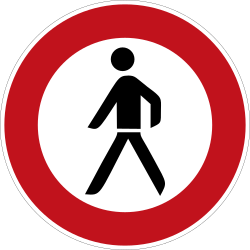access= value applies to any mode of transport, including walking
So for example if we have highway=track access=private then general public is no allowed to drive, cycle or walk there
highway=track access=private bicycle=yes foot=yes means that you can walk and cycle there but nor say drive with a car
we also have quite widely used access=forestry, described as “Only for forestry traffic.” at https://wiki.openstreetmap.org/wiki/Key:access - since 2009
At the same time Tag:access=forestry - OpenStreetMap Wiki was created in 2020 by @geozeisig and describes access=forestry as “Restricted to forestry motor vehicles”
Now it is “Restricted to usage of the road for forestry purposes (with any type of vehicle)”
It can be interpreted as “not even forestry workers can walk there” which is silly, or as “does not apply to walking, applies only to vehicles” (then it should be vehicle=forestry) or as “wiki is being silly, again”
Proposal:More access keys and values - OpenStreetMap Wiki from 2009 has “this value describes a type of traffic and allows access for” forestry “purposes, not depending on the type of transport (tractors but also motorcars, bicycles, mopeds are allowed if they are there for agricultural purposes)”
which neither clearly excludes foot traffic nor mentions it
what should be done with it?
Try to retag access=forestry to vehicle=forestry where it applies to vehicles, possibly adding bicycle=yes if applicable, treating it as a tagging error?
access= applies to foot traffic unless it is access=forestry?
Clarify wiki that access=forestry restricts foot trafffic?
Try to get rid of =forestry in its entirety as broken?
Ignore problem?
Something else?
Not really liking either option.
